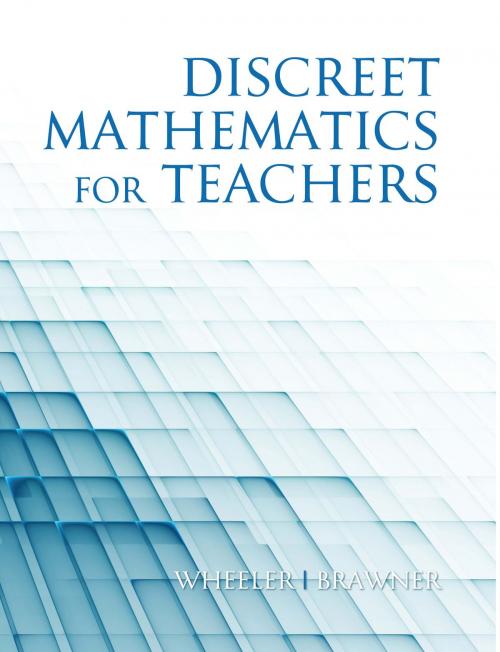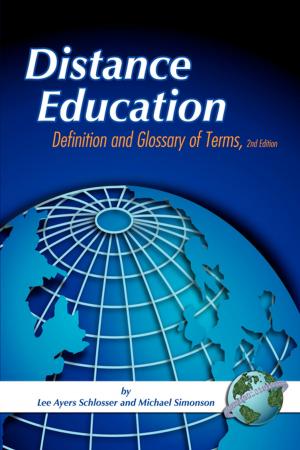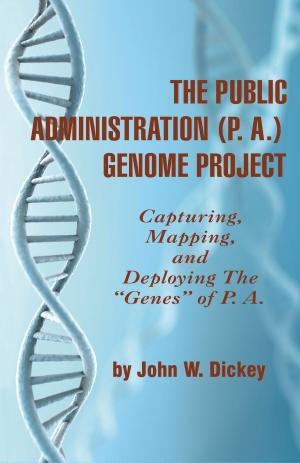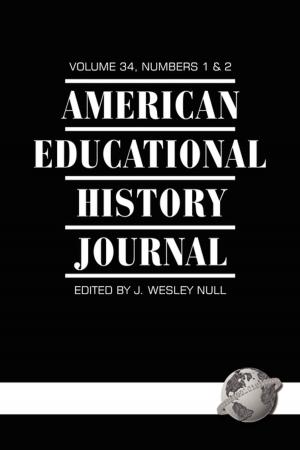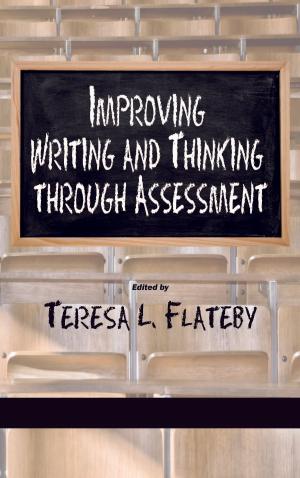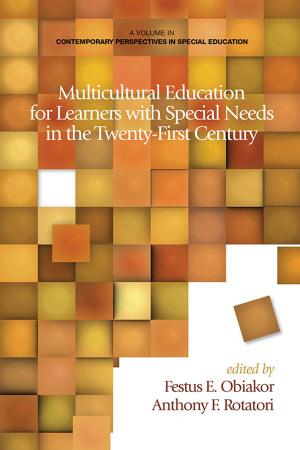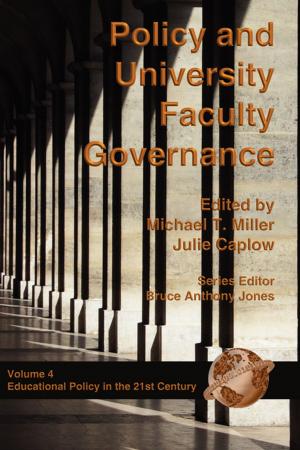Discrete Mathematics For Teachers
Nonfiction, Reference & Language, Education & Teaching, Teaching, Teaching Methods, Science & Nature, Mathematics| Author: | Ed Wheeler, Jim Brawner | ISBN: | 9781617350276 |
| Publisher: | Information Age Publishing | Publication: | June 1, 2010 |
| Imprint: | Information Age Publishing | Language: | English |
| Author: | Ed Wheeler, Jim Brawner |
| ISBN: | 9781617350276 |
| Publisher: | Information Age Publishing |
| Publication: | June 1, 2010 |
| Imprint: | Information Age Publishing |
| Language: | English |
(Originally Published by Houghton Mifflin Company, 2004) There is a national consensus that teachers who teach middlegrades and elementary mathematics need deeper and broader exposure to mathematics in both their undergraduate and in their graduate studies. The Mathematics Education of Teachers, published by The Conference Board on the Mathematical Sciences, recommends 21 semester hours of mathematics for prospective teachers of middlegrades mathematics. In several states preservice teachers preparing to teach middlegrades mathematics and preservice teachers preparing to teach elementary school must complete 6 9 semester hours of mathematics content at the juniorsenior level. Graduate schools across the nation have developed special programs for educators who specialize in teaching mathematics to elementary school children and to middle grades students. However, there is a paucity of text materials to support those efforts at juniorsenior level and graduate level courses. Faculty members must choose to teach yet another course out of one of the “Mathematics for Teachers” texts that have formed the basis of the curriculum for the last two decades. These texts tend to treat a very limited set of topics on a somewhat superficial level. Alternatively, faculty members can use mathematics textbooks written primarily for students majoring in mathematics or the sciences. Neither the topic choice nor the pedagogical style of these texts is optimal for preservice and inservice teachers of middle grades and elementary mathematics. Discrete Mathematics for Teachers is a text designed to fill this void. The topic is right. Discrete mathematics provides a rich and varied source of problems for exploration and communication, expands knowledge of mathematics in directions related to elementary and middle school curricula, and is easily presented using our best understanding of the ways that mathematics is learned and taught. The presentation is right. In the spirit of NCTM’s Principles and Standards for School Mathematics, topics are presented with careful attention to the best traditions of problem solving, reasoning and proof, communication, connections with other disciplines and other areas of mathematics, and varied modes of representation.
(Originally Published by Houghton Mifflin Company, 2004) There is a national consensus that teachers who teach middlegrades and elementary mathematics need deeper and broader exposure to mathematics in both their undergraduate and in their graduate studies. The Mathematics Education of Teachers, published by The Conference Board on the Mathematical Sciences, recommends 21 semester hours of mathematics for prospective teachers of middlegrades mathematics. In several states preservice teachers preparing to teach middlegrades mathematics and preservice teachers preparing to teach elementary school must complete 6 9 semester hours of mathematics content at the juniorsenior level. Graduate schools across the nation have developed special programs for educators who specialize in teaching mathematics to elementary school children and to middle grades students. However, there is a paucity of text materials to support those efforts at juniorsenior level and graduate level courses. Faculty members must choose to teach yet another course out of one of the “Mathematics for Teachers” texts that have formed the basis of the curriculum for the last two decades. These texts tend to treat a very limited set of topics on a somewhat superficial level. Alternatively, faculty members can use mathematics textbooks written primarily for students majoring in mathematics or the sciences. Neither the topic choice nor the pedagogical style of these texts is optimal for preservice and inservice teachers of middle grades and elementary mathematics. Discrete Mathematics for Teachers is a text designed to fill this void. The topic is right. Discrete mathematics provides a rich and varied source of problems for exploration and communication, expands knowledge of mathematics in directions related to elementary and middle school curricula, and is easily presented using our best understanding of the ways that mathematics is learned and taught. The presentation is right. In the spirit of NCTM’s Principles and Standards for School Mathematics, topics are presented with careful attention to the best traditions of problem solving, reasoning and proof, communication, connections with other disciplines and other areas of mathematics, and varied modes of representation.
